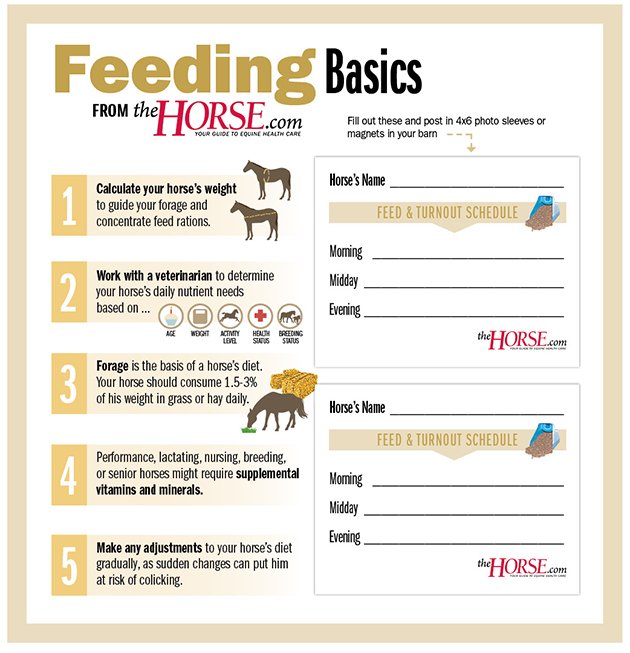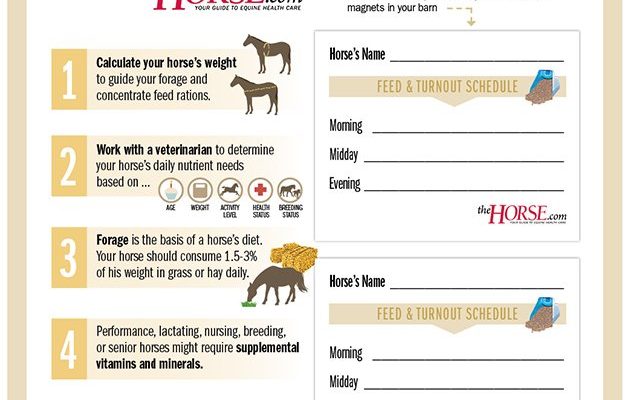
So, what do horses actually eat? The answer isn’t just hay, though that plays a significant role. A horse’s diet can vary based on age, activity level, and even health conditions. You might be wondering about the specifics: what types of hay are best? Should they have grains? How often should they be fed? Let’s dig in and explore this important topic together.
Understanding a Horse’s Basic Nutritional Needs
Horses are herbivores, which means they mainly eat plant-based foods. Their digestive systems are built to process forage, like grasses and hay, throughout the day. Horses have a unique digestive tract that allows them to efficiently break down long strands of fiber found in these plants. Without enough fiber, they can suffer from various health issues, so let’s make sure we’re feeding them right.
To keep a horse healthy, you need to focus on four key nutritional components:
- Forage: This should make up the bulk of their diet. High-quality grass hay or pasture is ideal.
- Concentrates: These are grains or pellets that provide extra energy. They should be fed in moderation and often depend on the horse’s workload and needs.
- Water: Always accessible, as horses need to drink plenty of water daily.
- Vitamins and Minerals: These can be found in specific supplements or mineral blocks to ensure a balanced intake.
On average, a horse consumes about 1.5–2% of its body weight in food daily. That means a 1,000-pound horse might eat anywhere from 15 to 20 pounds of hay or forage each day. Keeping this balance is crucial for preventing digestive problems like colic.
The Role of Forage in a Horse’s Diet
Forage is the cornerstone of a horse’s diet, and for good reason! It provides the necessary fiber that keeps their digestive system running smoothly. Think of it like the bread in a sandwich—it holds everything together. Without sufficient forage, horses can develop issues in their gut, which can lead to colic or other complications.
When choosing hay, look for types rich in nutrients. Timothy hay is a popular choice because it offers a good balance of fiber and protein. You’ll also come across orchard grass or alfalfa hay. Alfalfa is higher in protein and calories, so it’s a great option for growing horses or those in heavy training.
Here’s the thing: Always make sure the hay is clean, free from mold or dust, and stored properly. Moldy hay can be harmful and cause respiratory issues. If you’re unsure about what type to choose, consult with a veterinarian or equine nutritionist to find the best option for your horse.
The Benefits of Grain and Concentrates
While forage should be the primary source of nutrition, many horses also benefit from grain or concentrates. These can provide extra energy and nutrients, especially for horses that are athletes or need to gain weight. Grains like oats, barley, and corn can be helpful, but moderation is key.
Feeding concentrates can be a bit overwhelming if you’re not familiar with them. Here’s a quick breakdown:
- Oats: A common choice, rich in energy and easy to digest.
- Barley: Provides good fiber but is less digestible, so it’s often rolled or processed.
- Sweet feed: A mix of grains, often with molasses added for taste. Be cautious, as it may be high in sugar.
When adding grain to your horse’s diet, do it gradually to avoid digestive upset. It’s essential to monitor their body condition and energy levels to ensure you’re not overfeeding or underfeeding.
Creating a Feeding Schedule
Just like us, horses thrive on routine. A consistent feeding schedule helps regulate their digestive systems and keeps their metabolism steady. Horses can be fed twice a day, but many owners opt for three meals, especially if they’re receiving grain.
Here’s a sample feeding schedule:
- Morning: Offer hay and, if needed, a small amount of grain.
- Midday: Provide another serving of hay.
- Evening: Serve hay again, along with grain if it’s part of their diet.
Always ensure fresh water is available at all times, as dehydration can lead to serious health issues. And remember, your horse may have a different appetite depending on the season—horses tend to drink more in the summer months.
Common Misconceptions About Horse Feeding
There are a lot of myths surrounding what horses should and shouldn’t eat. For instance, some believe that grains are the primary food source. While they can play a role, it’s really the forage that should dominate their diet. Over-reliance on grain can lead to obesity and metabolic disorders.
Another misconception is that horses can eat any type of grass or hay. Not all plants are safe! Clover, for example, can cause issues in certain horses. And did you know that horses shouldn’t have certain fruits or vegetables? While a small piece of apple or carrot can be a nice treat, avoid feeding them starchy or sugary snacks regularly.
If you’re ever unsure about what to feed your horse, a quick chat with a vet can help clear up any confusion.
Listening to Your Horse’s Needs
Every horse is unique, and their nutritional needs can change over time. Factors like age, breed, workload, and health conditions all play a role in determining their diet. You might have a young horse that’s still growing or an older horse that needs special care—it’s essential to adapt their diet accordingly.
Observe your horse closely. If they seem lethargic or aren’t gaining weight, it might be time to reassess their food intake. On the flip side, if they’re overweight, it may be time to cut back on treats or grain.
You might also consider any specific health issues. Horses with metabolic disorders, for instance, need a low-sugar diet. Again, a vet can help create a tailored plan based on individual needs.
Feeding a horse might seem straightforward at first, but there’s a lot more depth to it than meets the eye. From understanding their basic nutritional needs to creating a well-structured feeding schedule, it all ties back to maintaining their health and happiness. Remember, forage is king, with grains as a supportive role, and routine is critical for promoting good digestion.
So, whether you’re a seasoned horse owner or a newbie looking to learn more, take the time to understand what makes your horse tick in the nutrition department. After all, a well-fed horse is a happy horse—and that’s a win for both of you!

